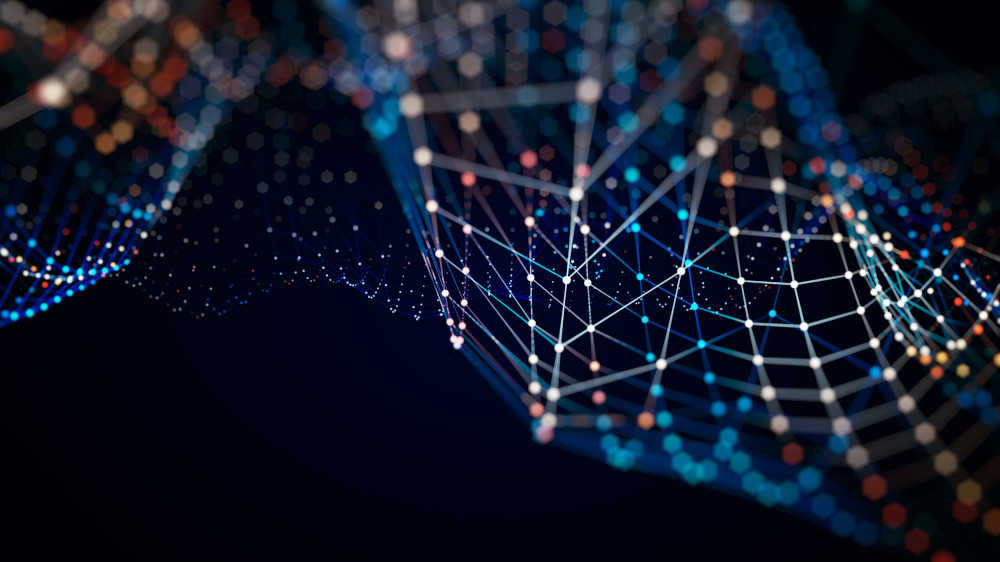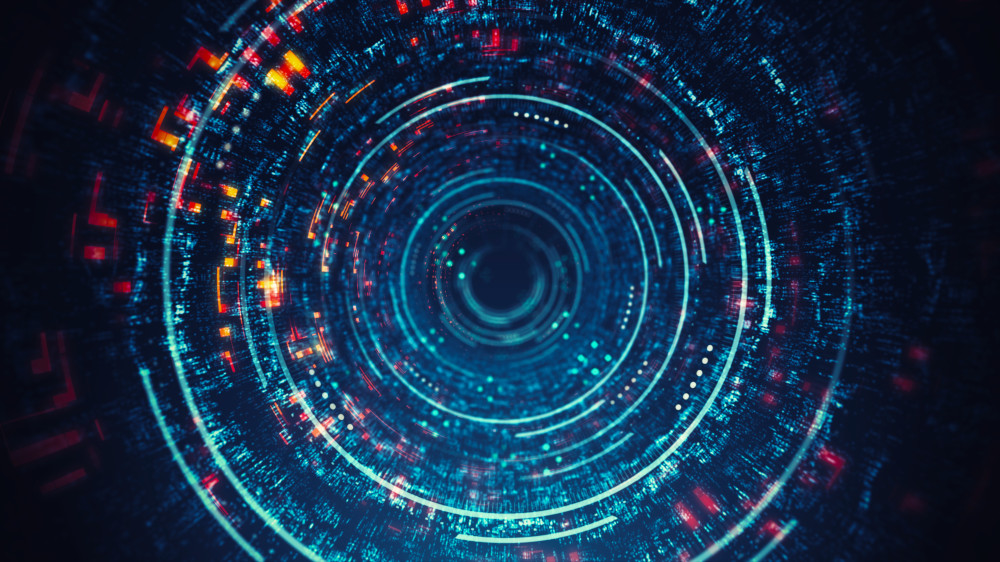Around 2013, I was asked when I thought quantum computers would be able to crack encryption. I said 10 years—2023. I’m not psychic, but through a curious trio of recent developments, I’ve realized I might end up being spot on.
My prediction wasn’t looking good for a while. About a year ago, we touted machines in the 50-qubit range. And then, did the same thing at the start of this year. Did we hit a snag? Not exactly. Over the years, we started focusing on making Noisy Intermediate-Scale Quantum (NISQ) machines perform better. Rather than harping on just how many qubits we could create, we started looking at IBM’s concept of “quantum volume” or QV, which considers other performance factors, including errors and gate fidelity. IBM’s most voluminous machine, Raleigh, achieved a quantum volume of 32 with only 28 qubits, making it more powerful than the 53-qubit machine that made headlines.
IBM expected to double QV yearly, which meant we could expect something like a Moore’s Law growth pattern. The company continues to live up to its word, too, just revealing on August 20 that a new 27-qubit machine achieved a QV of 64 using full-stack improvements. Still, the IBM QV doubling rate would lead to us cracking encryption in about 20 years.
Enter what I’m calling the Quantum Three. These recent synergistic developments may just change the timeline drastically.
10X Annual QV Growth
This alone may get us to dangerously powerful systems in three years. Honeywell recently announced a quantum computer with a QV of 64 (more on this in this recent blog). That’s on par with IBM’s new 27-qubit system, and the low-error performance is achieved with just six qubits. But that’s not the only impressive Honeywell claim. The company says it can achieve a tenfold improvement year on year. Imagine, in 2021 we’d have a QV of 640. Then 2022 would yield 6,400. 2023 would see a 64,000 QV system. That would be analogous to an IBM-style machine having about 27,000 qubits in three years.
Such a rapid growth rate has the potential to unleash machines in 2023 that could do serious damage to encryption and cryptocurrencies. Performance of that scale could also revolutionize the world’s optimization capabilities. We’re already doing serious work in optimizing portfolios and AI datasets with QV 32 machines. Think of what a 2,000-fold increase can do.
Better Error Correction Code
We keep encountering the idea of spatial dimensions affecting the performance of quantum computers. In the case of topological quantum computing (which Microsoft is working on), we could see nearly error-free machines based on two-dimensional Majorana fermions. If Microsoft gets that working, it would be its own blog post here for sure. Unrelated, but similar sounding, is the work of Benjamin Brown from University of Sydney. He published a paper in May 2020 that explored a technique for using three-dimensional error code in two dimensions.
Two-dimensional error correcting called “the surface code” has been used since 2015. However, to do advanced computation like cracking encryption, you need to be able to run Clifford gate sets. Running these also requires non-Clifford gate operations, and the combination is notorious for eating up system resources for error correction. To simplify, it would be like having a 300-horsepower engine where only a couple horsepower ends up getting to the tires. Brown’s approach uses three-dimensional error correction on a two-dimensional chip design, with time acting as the third dimension. This could greatly free up system resources, letting a multi-thousand qubit machine achieve impressive QV scores.
Circuit Fragmentation
So far, we’ve looked at boosting quantum volume and improving error-correction overhead. What about just improving how we feed programs or circuits to quantum computers? One technique called circuit fragmentation seeks to break up complex operations into smaller sub circuits. These are fed to a machine and evaluated. The output is then reconstructed using some classical computational postprocessing.
The result? We’ve seen up to twice the relative performance in variational quantum eigensolver (VQE) and quantum approximate optimization algorithm (QAOA) algorithms. VQE is helpful in modeling molecules and similar materials science, and both VQE and QAOA are used for combinatorial optimization, such as the “traveling salesman problem.” It’s possible that this circuit fragmentation could let us do up to twice as much with whatever QV-rated machine we run going forward. It’s optimistic to think this will perfectly scale, but we’re exploring possibilities here.
On that note of optimism—I may have been somewhat motivated to write this piece by the desire to prove my original prediction about 2023. But the Quantum Three are promising, even for a COVID-impacted research year.
One other interesting fact about three years from now. NIST is currently working on whittling down finalists for post-quantum cryptography ciphers. The latest estimate is that we will have one or two winners by 2023.
Just in time.





